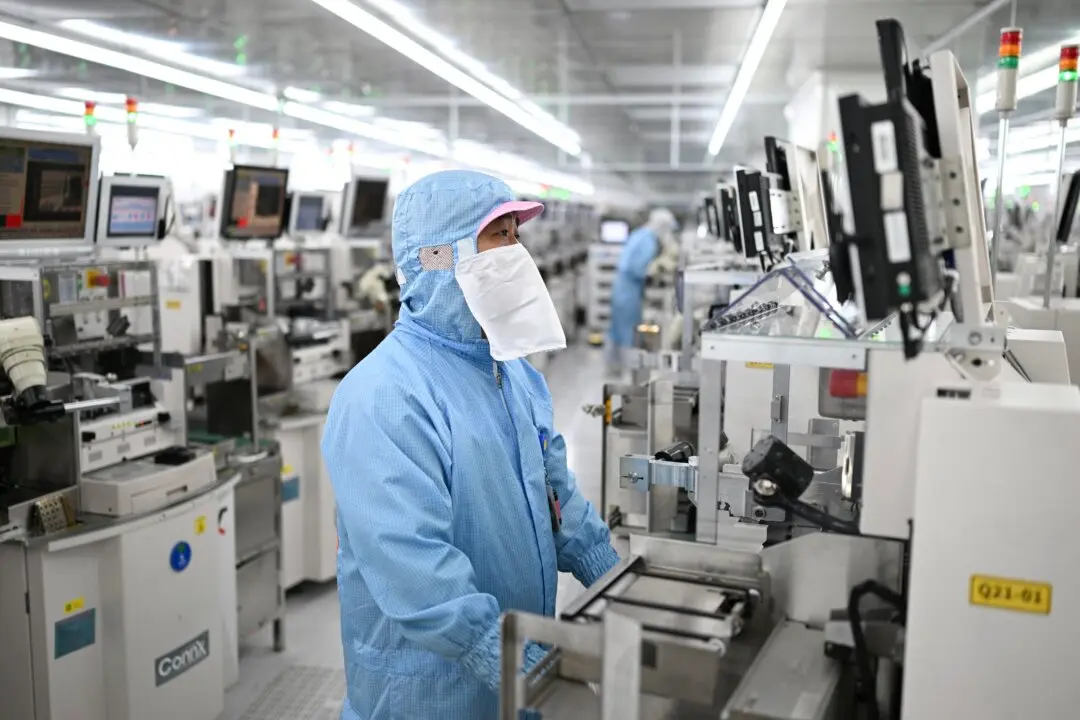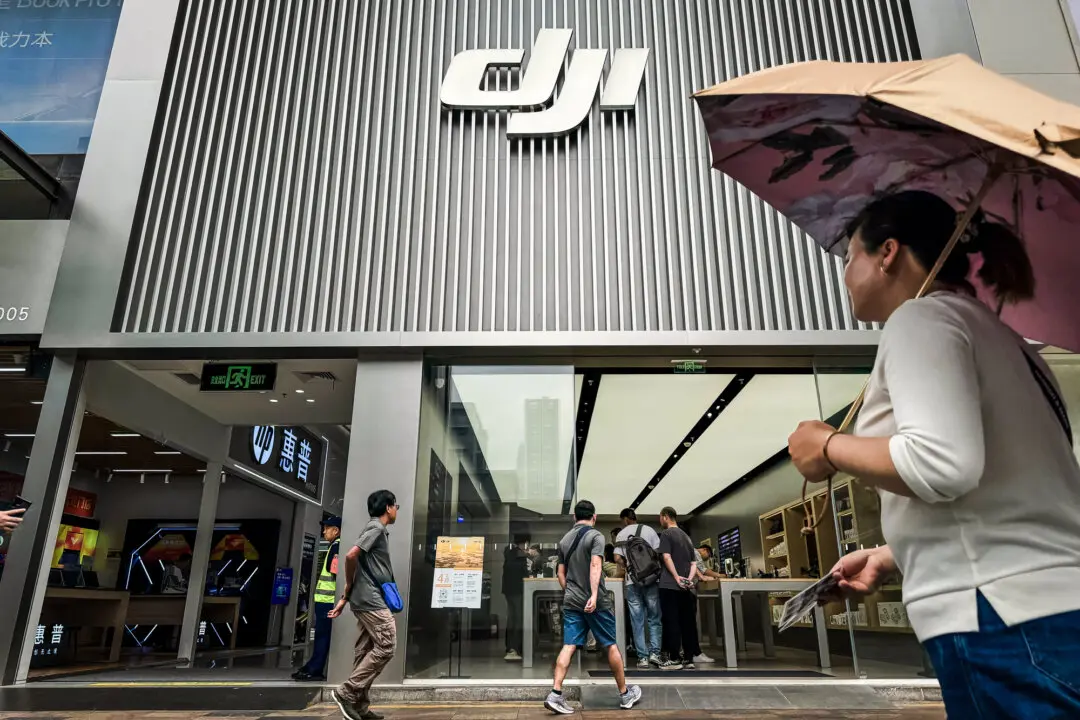The California lifestyle is and always has been a state export, with the “Hollywood glitz and glamour” and the “California vision of living,” says Mike Ellis, principal of the architectural firm 5+design.
The firm is based in Hollywood but does work internationally, with offices in China and most recently a series of projects in the Middle East.
“We’re this California firm and we’re doing work all over the world, and sometimes I think we bring … almost a California attitude—this want to connect to the outside, connect to nature, be a little bit freer in terms of thinking how things can be organized,” Ellis said.
“I think California is really a state that allows people to find their own way,” Ellis said. “It’s a city that has absorbed so many different types of trends, so many different types of people, so many things happen here. … It has such a reputation worldwide.”
Working in various cities across the world, Ellis says he’s always amazed how quickly trends will manifest globally. “Anything that captures the public’s imagination tends to do that globally,” Ellis says.
5+design has a history of specializing in retail and is incorporating more and more mixed-use designs as denser living is developed. “We see ourselves as one of the strongest retail/mixed-use firms,” Ellis said.
Cairo Festival City, a new development slated to open near the end of this year in New Cairo City, Egypt, is one of 5+design’s current projects, with 5+design creating the centerpiece of the development.
“We’re very focused on creating environments that people actually want to be in,” Ellis said. “Our philosophy is just that the environments we create for people should be places that enhance their lives, that improve their quality of living, improve the options they have in terms of what’s available to them.”
“We also have a strong philosophy of our projects being integrated into the communities that they serve so they don’t appear as if they landed from somewhere else but are just kind of woven into the city fabric and the urban fabric,” Ellis said.
To start, the designers visit the site and try to get a feel for it. “We always start off our projects by looking at the site, looking at the surrounding community, understanding the traffic patterns, the pedestrian traffic patterns, seeing if there’s mass transit, seeing if there are future plans for mass transit,” Ellis said.
“Architecture is a piece of a bigger puzzle, and the puzzle is community and infrastructure, and all of these things that make cities and communities work,” he said.
The designers frequently have to present the projects to the community and city officials to make sure it’s something the communities want. “We try really hard so that they’re a positive contribution,” Ellis said.
With large, mixed-use developments, oftentimes multiple design firms work on separate parts of the project.
“You’ll have this combination of styles, which is quite interesting,” Ellis said. “I think in the past a lot of mixed-used design of that type were controlled by tower designers, so the towers were interesting, but then the place where more people hung out tended to be less interesting, and lacking a true feeling of a lifestyle environment.”
With 5+design’s current projects, Ellis says they’ve been fortunate to be in charge of both the buildings and podium-level space.
“We try not to be completely sealed-off interior environments,” he said. “We try to make the project spill out—having restaurants that spill outside, or terraces.”
With retail developments, Ellis says he is seeing that tenants are gaining more and more power and should be involved as early on as possible. “It used to be that developers had the most power, but now retailers have, I think, more global power, because they’re large-scale, they’re international, they have very strong requirements about what type of projects they go into, and they have a lot of control over the retail environment.”
“We know we’re a part of the picture, but we know we’re not the only important part of the picture, and in the world of retail the tenants are very, very important to the outcome of the project,” Ellis said. “[You need] to have the right tenants and the mall management to ensure the mall functions properly, and having the right tenant mix is really, really important to the work we do.”
Oftentimes, when 5+design is involved in the early stages of the project, they will bring in consultants or merchandising strategists to plan the retail layout of the environment.
“I know a lot of these retailers and they know a lot of these retailers,” Ellis said. “We can also suggest ways to have the retailers contact the clients to see if that might work for that environment.”
“We’ve definitely been involved in opening the discussion because there are a lot of retailers who are interested in expanding internationally,” Ellis said. “The greater the relationship with the retailers, the better, because their goals have really grown and expanded—that’s really a trend.”
“Retail is something that really does involve not just architecture but all these other elements,” Ellis said. “It’s not like an office building where you build it and people have to go work there—[with] a retail project, people have to want to come.”
“You essentially have to design in a way that brings people just naturally, and you can’t bamboozle people with your architectural philosophy, you just have to create environments that they want to go to, and I really like that,” Ellis said. “To me, it’s very much like good product design. It’s transparent, and the user just knows that it works.”





